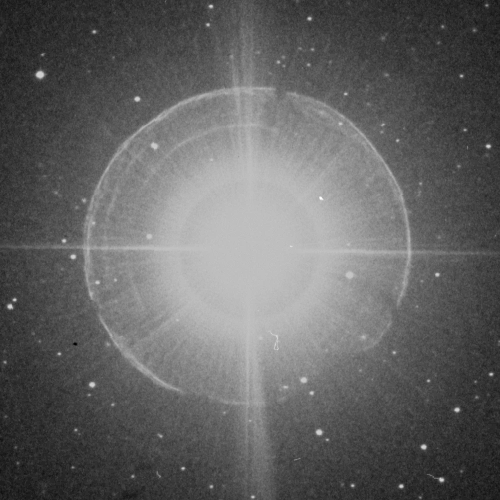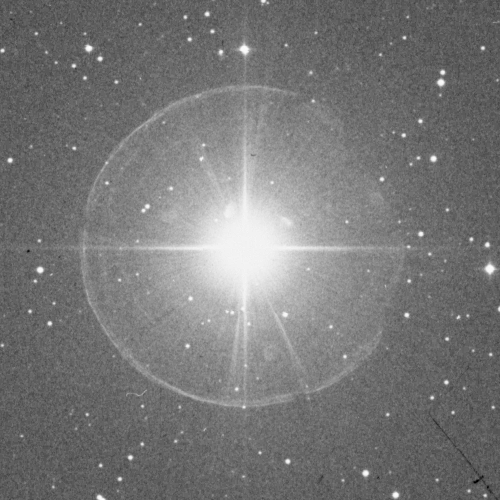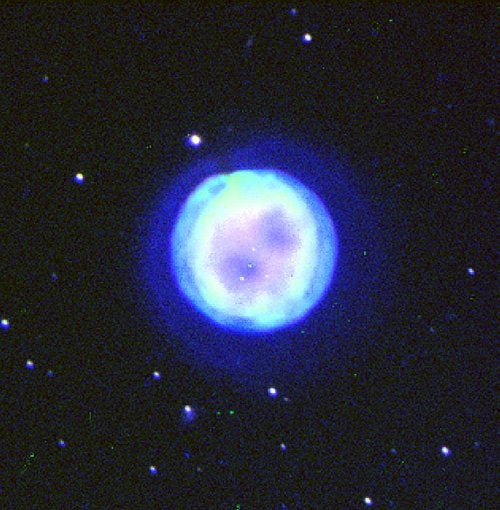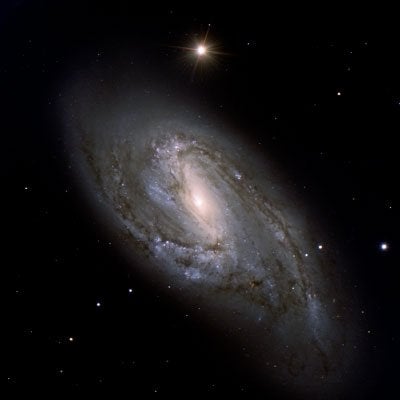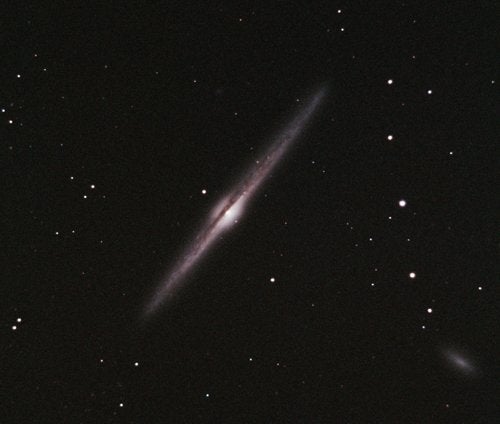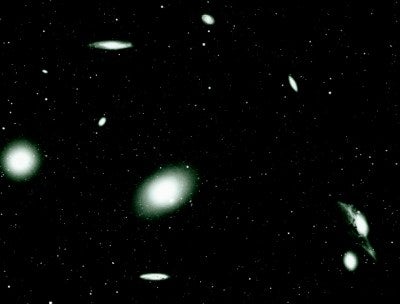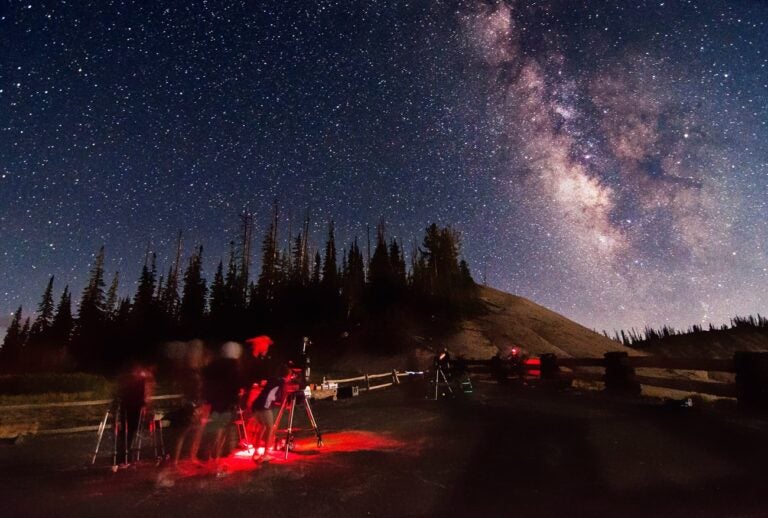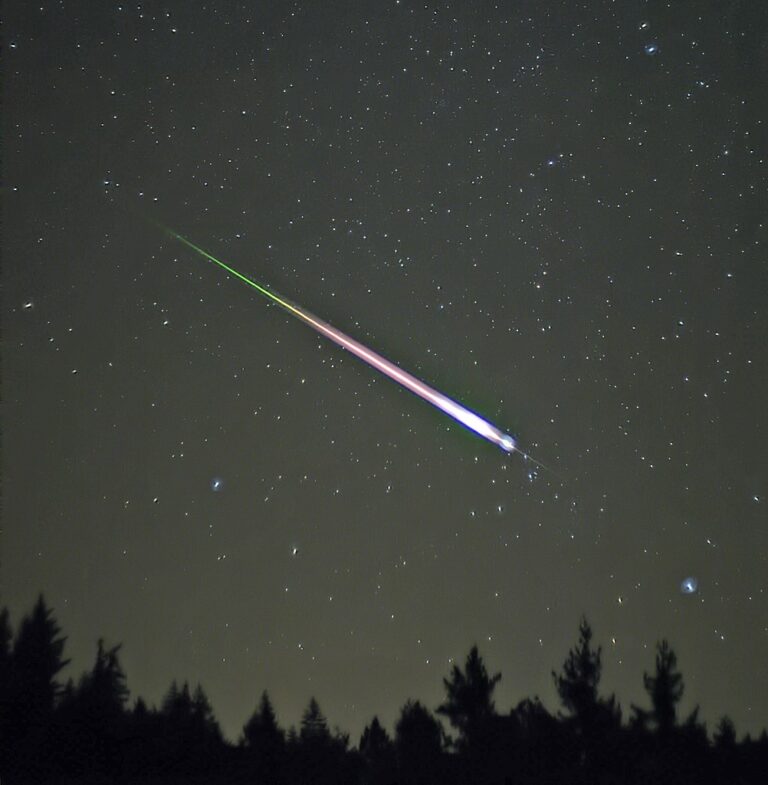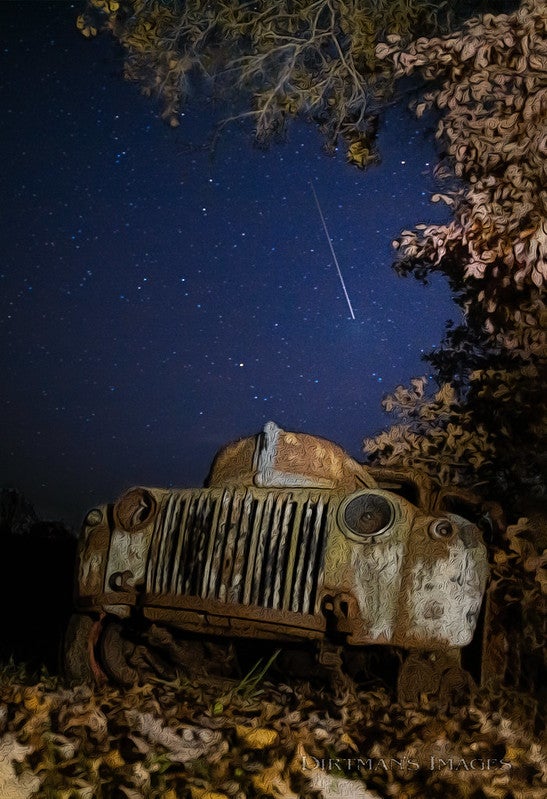Epsilon Boötis
In central Boötes lies one of the brightest and most beautiful double stars in the northern sky, but also a difficult one to divide through small instruments. The star is Epsilon (ε) Boötis, which consists of an orange giant of magnitude 2.5 with a close 5th-magnitude companion of contrasting blue color. You’ll need a telescope with an aperture of at least 3 inches, high magnification, and some steady air to split them. If at first you don’t succeed, try again on a steadier night.
In central Boötes lies one of the brightest and most beautiful double stars in the northern sky, but also a difficult one to divide through small instruments. The star is Epsilon (ε) Boötis, which consists of an orange giant of magnitude 2.5 with a close 5th-magnitude companion of contrasting blue color. You’ll need a telescope with an aperture of at least 3 inches, high magnification, and some steady air to split them. If at first you don’t succeed, try again on a steadier night.
Epsilon Hydrae
Another difficult but worthwhile double is Epsilon Hydrae, in the head of Hydra just south of Cancer. The difficulty is not so much the closeness of the stars, but their brightness difference, 3rd and 7th magnitudes. They should be splittable with a 3-inch telescope with sufficiently high magnification (150x). This pair presents a classic yellow-and-blue color contrast.
Another difficult but worthwhile double is Epsilon Hydrae, in the head of Hydra just south of Cancer. The difficulty is not so much the closeness of the stars, but their brightness difference, 3rd and 7th magnitudes. They should be splittable with a 3-inch telescope with sufficiently high magnification (150x). This pair presents a classic yellow-and-blue color contrast.
This composite image of the Owl Nebula was created from three sets of narrowband images taken at the 0.6-meter Burrell Schmidt Telescope at Kitt Peak National Observatory in June 1991. The colors in the image correspond to oxygen in blue, nitrogen in green, and hydrogen in red.
K. Kwitter (Williams College), R. Downes (STScI), Y. Chu (Univ. of Illinois) / NOAO / AURA / NSF
M97 (The Owl Nebula)
One of the faintest objects on Messier’s list — but not too difficult to see — is found under the bowl of the Big Dipper. The Owl Nebula (M97) is an 11th-magnitude planetary nebula. A 3-inch telescope is needed to allow you to make out its grayish-green disk. Larger apertures reveal two dark patches — like an owl’s eyes — that give rise to the object’s popular name.
One of the faintest objects on Messier’s list — but not too difficult to see — is found under the bowl of the Big Dipper. The Owl Nebula (M97) is an 11th-magnitude planetary nebula. A 3-inch telescope is needed to allow you to make out its grayish-green disk. Larger apertures reveal two dark patches — like an owl’s eyes — that give rise to the object’s popular name.
M66 is the largest member of the Leo Triplet, which also includes the galaxies M65 and NGC 3628. Its spiral arms appear distorted and displaced above the galaxy’s main disk. M66’s asymmetric appearance is probably due to interactions with its two galactic neighbors. In this Very Large Telescope image, taken in December 2001, large-scale dust lanes and clumps of newborn stars appear throughout the galaxy.
European Southern Observatory
M65, M66, M95, M96, and M105
Beneath the hind quarters of Leo lies a pair of spiral galaxies, M65 and M66, which can be glimpsed through small telescopes at a dark site. After succeeding with these, look under the central body of Leo to find a fainter pair of spirals, M95 and M96, with an elliptical galaxy, M105, about 1° to the north.
Beneath the hind quarters of Leo lies a pair of spiral galaxies, M65 and M66, which can be glimpsed through small telescopes at a dark site. After succeeding with these, look under the central body of Leo to find a fainter pair of spirals, M95 and M96, with an elliptical galaxy, M105, about 1° to the north.
NGC 4565
One of the most famous edge-on galaxies in the sky, NGC 4565, can be found with small telescopes in Coma Berenices. NGC 4565 seems positioned on the edge of the star cluster Melotte 111, but, of course, it’s far more distant. Its extended shape, with a bright core, can be made out with 4-inch telescopes, but larger apertures will be needed to detect the bisecting lane of dust.
One of the most famous edge-on galaxies in the sky, NGC 4565, can be found with small telescopes in Coma Berenices. NGC 4565 seems positioned on the edge of the star cluster Melotte 111, but, of course, it’s far more distant. Its extended shape, with a bright core, can be made out with 4-inch telescopes, but larger apertures will be needed to detect the bisecting lane of dust.
M49, M60, M84, M86, and M87
South of Coma Berenices, in Virgo, lies the nearest large cluster of galaxies — about 50 million light-years away. The brightest members of the Virgo cluster are giant ellipticals. Most prominent among them are M49, M60, M84, M86, and M87, which are visible with 3-inch and larger scopes as rounded glows. M87 is a strong radio and X-ray source known as Virgo A. Long-exposure pictures of this galaxy show it to be ejecting a quasar-like jet.
South of Coma Berenices, in Virgo, lies the nearest large cluster of galaxies — about 50 million light-years away. The brightest members of the Virgo cluster are giant ellipticals. Most prominent among them are M49, M60, M84, M86, and M87, which are visible with 3-inch and larger scopes as rounded glows. M87 is a strong radio and X-ray source known as Virgo A. Long-exposure pictures of this galaxy show it to be ejecting a quasar-like jet.

